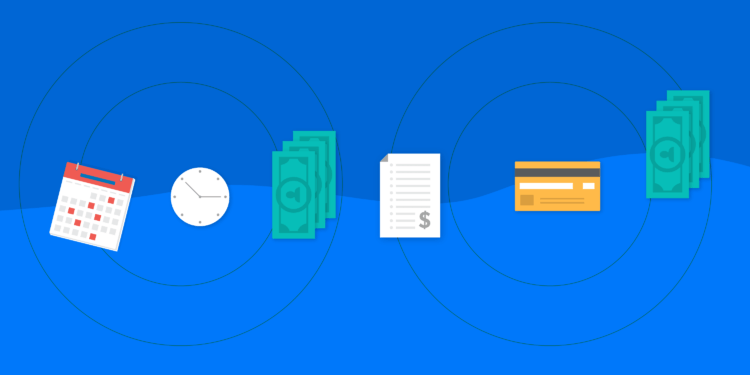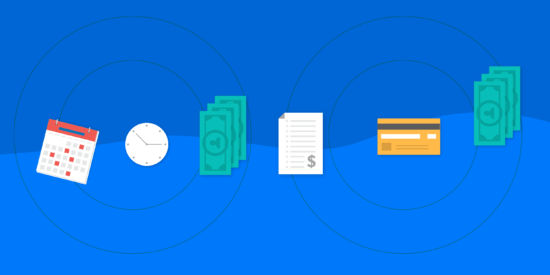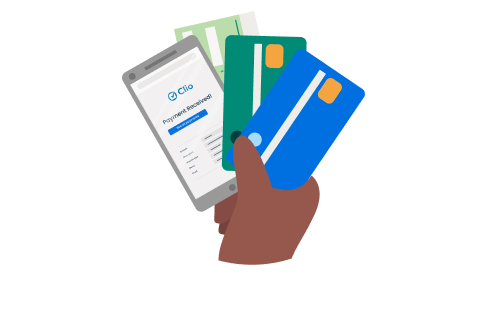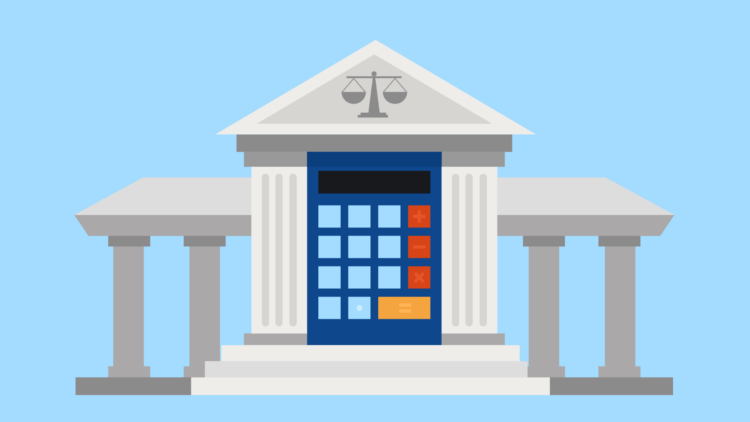When law firms use payment plans, clients can pay for legal services in installments instead of upfront. According to the 2020 Legal Trends Report, consumers ranked whether a law firm offered payment plans as one of the most important factors for hiring a law firm. This evidence shows that implementing payment plans at your law firm can go a long way towards helping you get more clients and get paid.
However, you need to set up plans the right way and for the right clients—understanding alternatives to payment plans is crucial when determining what’s right for you and your clients. You also need to use the right tools to reduce the overhead you usually spend on collections.
Read on for everything you need to know about using payment plans at your law firm.
How to set up payment plans for your law firm
By investing a bit of extra time up front, you’ll make it easy for yourself and staff to set up payment plans.
1. Create an internal protocol for when to offer payment plans
Payment plans can help you get paid, but there will be times when offering them may not make sense. Before you start presenting payment plans as an option for your clients, make sure that lawyers and staff are clear on when to offer them—and when not to.
Here are a few factors to consider:
- Can your client afford to pay in reasonable installments? If a client can only afford to pay $100 per month, letting them agree to pay in installments of $250 per month for a $5,000 bill won’t do either of you any favors. Again, have an honest conversation about your client’s financial situation before agreeing to anything.
- Will this payment plan work for your firm? Before you agree to have your client pay in lower, longer-term installments, take a frank look at whether this arrangement will work for your firm’s cash flow. If you’re out of business, you won’t be able to help other clients. So, you need to be objective about what sort of payment plans your firm can and cannot take on.
It can be helpful to create a checklist to guide staff and lawyers on whether to offer payment plans, including the considerations above, plus anything else that might be important to your firm. For example, you may want to add a certain percentage to bills handled via payment plan. This additional percentage is for the convenience of clients paying installments rather than up front.
Another note: You may also find payment plans useful for replenishing funds held in trust. If it makes more sense for your client to pay an upfront retainer that they can replenish regularly, consider using an evergreen retainer.
2. Draft an agreement template
Every client needs to sign an agreement before you confirm you’ll bill them using a payment plan. You can specify the terms of each payment plan as part of your engagement letter or as a separate agreement.
Either way, it’s a good idea to draft a templated agreement to help streamline the process of setting up clients on payment plans. This template should include:
- When you’ll collect payments. Bi-weekly, monthly, or quarterly?
- What payment methods you’ll accept. Will you take cheque or credit card? Note: Law firms that accept payment via credit card get paid 39% faster, and clients increasingly value the option to pay via credit card.
- What happens when a client is late on a payment? Will you allow a grace period? Will you charge a penalty in the form of interest for late payments? And if so, how much? Check ethics rules in your state before confirming how you’ll handle interest on late payments. For example, the Florida Bar outlines how to handle lawyer-client fee disputes.
Include anything else you need to help clarify the terms of your payment plans for clients. Clear communication is critical for setting expectations and ensuring you get paid promptly.
3. Set up a system for billing clients and collecting funds
Will you send paper bills, or will you email your clients? Will you accept credit card payments? Will you offer the option of split-billing? How will you keep track of multiple payment plans, making sure that all client balances are correct and up-to-date?
You can have a staff member at your law firm set up a system of personal calendar reminders to send out invoices manually, process payments, send invoice reminders, and double-check balances at regular intervals. Or you can use a tool to set up and execute payment plans automatically.
For example, with payment plans in Clio, you can easily automate online billing and credit card payments. Once you set up a payment plan, you can automatically charge your client the recurring payment amount on each scheduled payment date (or the remaining balance on the account, if that’s lower). Both you and your client will get a notification each time a card is charged, so that you’re both clear on what’s been paid. It’s that easy.
Using payment plans in Clio to automate much of the process significantly lowers the risk of error that comes with managing payment plans manually. Setting up payment plans in Clio also reduces your time spent on invoicing and collections. With Clio Payments, you’re also able to split a bill allowing for multiple payers, providing ample payment flexibility to your clients.
Learn more about payment plans in Clio or schedule a demo to see how they work.

Benefits of using payment plans
For many law firms, collections are an ongoing issue. According to the 2020 Legal Trends Report, the average collection rate for law firms is 88%—meaning that 12% of bills go uncollected.
Set up payment plans for your law firm, and you’ll:
- Collect more. The main reason clients don’t pay their bills? 44% of law firms say it’s because they can’t afford to pay the full cost up front, per the Legal Trends Report. Offering to let clients pay in smaller, recurring payments helps solve this issue.
- Spend less time on collections. If clients are paying in more manageable installments—and you’re making it easier to pay—you’ll likely spend less time chasing down payments. And, if you’re using an automated tool like Clio Payments, you may not even have to follow up with clients at all. A tool like Clio Payments will automatically charge your clients, who will receive automatic notifications of their new balance.
- Take on more clients. Using payment plans, you may be able to help clients that otherwise might not be able to afford your services. If you agree on a recurring payment amount that works for both of you, you can expand your client base while providing increased access to legal services.
- Deliver better service (and get more referrals). Suppose you’re willing to offer payment plans, and you can implement them in a clear and consistent way. In that case, you’ll offer an excellent client-centered experience that will leave clients ready to refer friends and family to you, helping your business grow.
You may like these posts
Use payment plans for easier law firm collections and increased growth
When done right, payment plans can benefit both law firms’ cash flow and long-term growth. Make sure you and your staff know when to offer payment plans (and when not to), ensure all agreements and invoices are clear, and use technology to make the day-to-day management of payment plans a breeze.
Before you know it, you’ll be taking on more clients and spending less time on collections than ever before.
With automated payment plans, your law firm will soar. Learn more about payment plans in Clio, and how they can help you collect more while reducing overhead, or schedule a demo to see how they work.
We published this blog post in August 2018. Last updated: .
Categorized in: Accounting, Business









